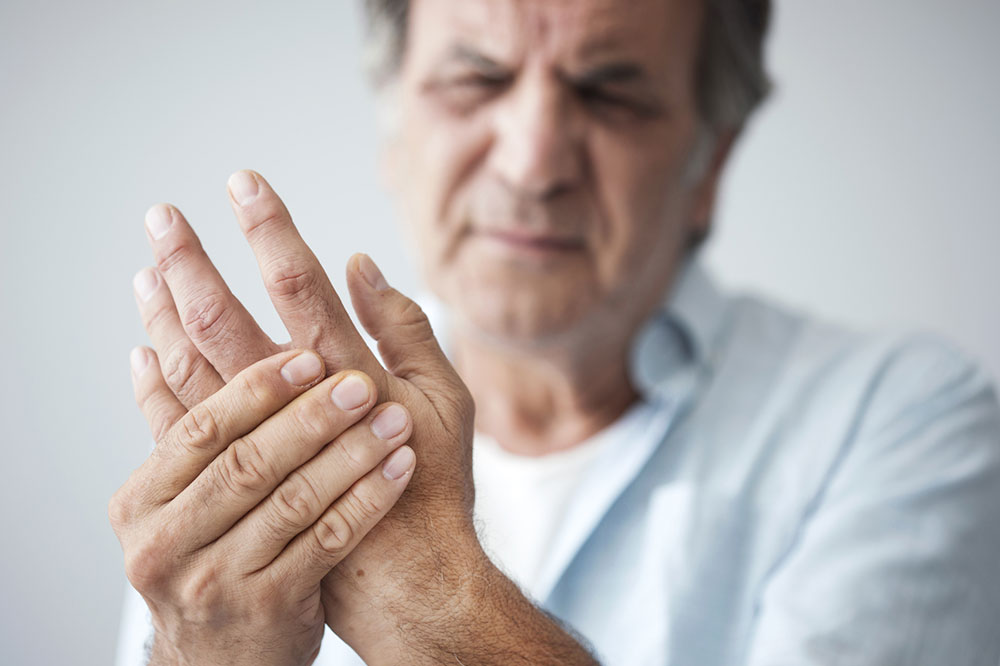Understanding Arthritis and Its Link to Breast Cancer
This article explores the key aspects of arthritis and breast cancer, including their causes, symptoms, and treatment options. It highlights the importance of early diagnosis and modern therapies to improve patient outcomes. Additionally, it discusses how lifestyle factors influence these conditions and offers guidance on management strategies to enhance quality of life. A comprehensive overview is provided to educate readers about these prevalent health issues, emphasizing the need for professional medical consultation.
Understanding Arthritis and Its Connection to Breast Cancer
Breast Cancer Overview
Breast cancer involves the uncontrolled multiplication of cells within the breast tissue, often detected through imaging techniques like X-rays. These abnormal cells form lumps that can cause complications. While the most common origin is the milk duct, tumors can develop in various parts of the breast. Medical statistics show a rising incidence of breast cancer among women worldwide. Early detection of lumps and abnormalities is crucial; some are benign, but persistent changes should be diagnosed promptly, as cancer can spread via blood and lymphatic systems.
Causes of breast cancer are not fully understood, but factors like age, genetic predisposition, radiation exposure, lifestyle habits, and hormonal influences contribute. Risk increases significantly in older women, those who delay childbirth, or use certain contraceptives. Symptoms include palpable lumps, nipple changes, and skin rashes. Treatment options encompass chemotherapy, hormone therapy, targeted therapy, surgery, and radiation, with modern procedures also focusing on preserving breast appearance post-treatment.
Rheumatoid Arthritis Explained
Rheumatoid arthritis (RA) is a chronic autoimmune disease that primarily affects joints but can also harm organs such as the eyes, lungs, and heart. Unlike osteoarthritis, RA causes joint inflammation due to immune system attacking synovial tissues, leading to stiffness, swelling, and deformities, which may result in disability. The exact cause remains unknown, but genetic, environmental, and lifestyle factors like smoking and obesity play roles. Symptoms include joint pain, swelling, stiffness, and systemic issues like fatigue and muscle pain. In advanced stages, RA can impact skin, eyes, and internal organs, increasing health risks.
Treatment strategies for RA include NSAIDs to reduce inflammation, DMARDs to slow disease progression, physical therapy, and surgery in severe cases. Exercise and physiotherapy can help manage pain and maintain mobility. Some patients benefit from joint replacement surgeries, especially hips and knees, enhancing life quality. Therapeutic massage and lifestyle modifications are also valuable components of comprehensive RA management.










